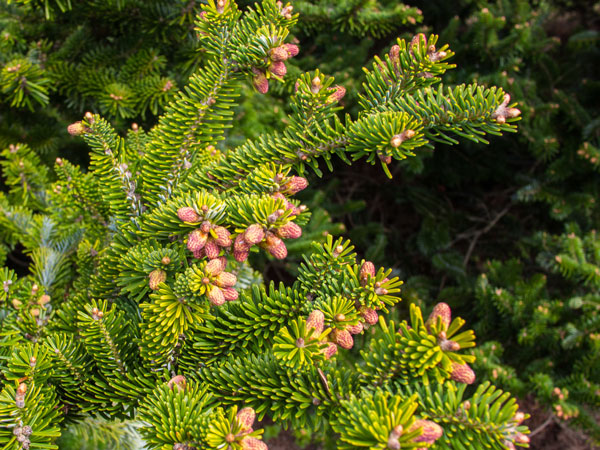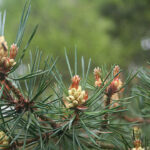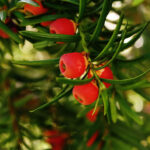
Discover the Story of the Nordmann Fir Tree

A Discovery in the Caucasus Mountains
Over time, people noticed the tree’s unique features, like its sturdy branches and deep green needles. These qualities made it popular beyond its natural habitat, eventually leading it to Christmas tree fame.
What Makes the Nordmann Fir Special?
Image by F.D. Richards via Flickr / CC BY-SA 2.0
The Name Misconception
From Forests to Festive Fame
Image by F.D. Richards via Flickr / CC BY-SA 2.0
In the mid-20th century, European tree farmers began growing it for the holiday market. They quickly realised that its soft needles and strong branches made it perfect for hanging decorations. Over time, the Nordmann Fir replaced traditional favourites like the Norway Spruce in many homes, especially in the UK.
The Legacy of Alexander von Nordmann
Next time you admire your festive centrepiece, you’ll know it’s not just a tree—it’s a piece of history.















